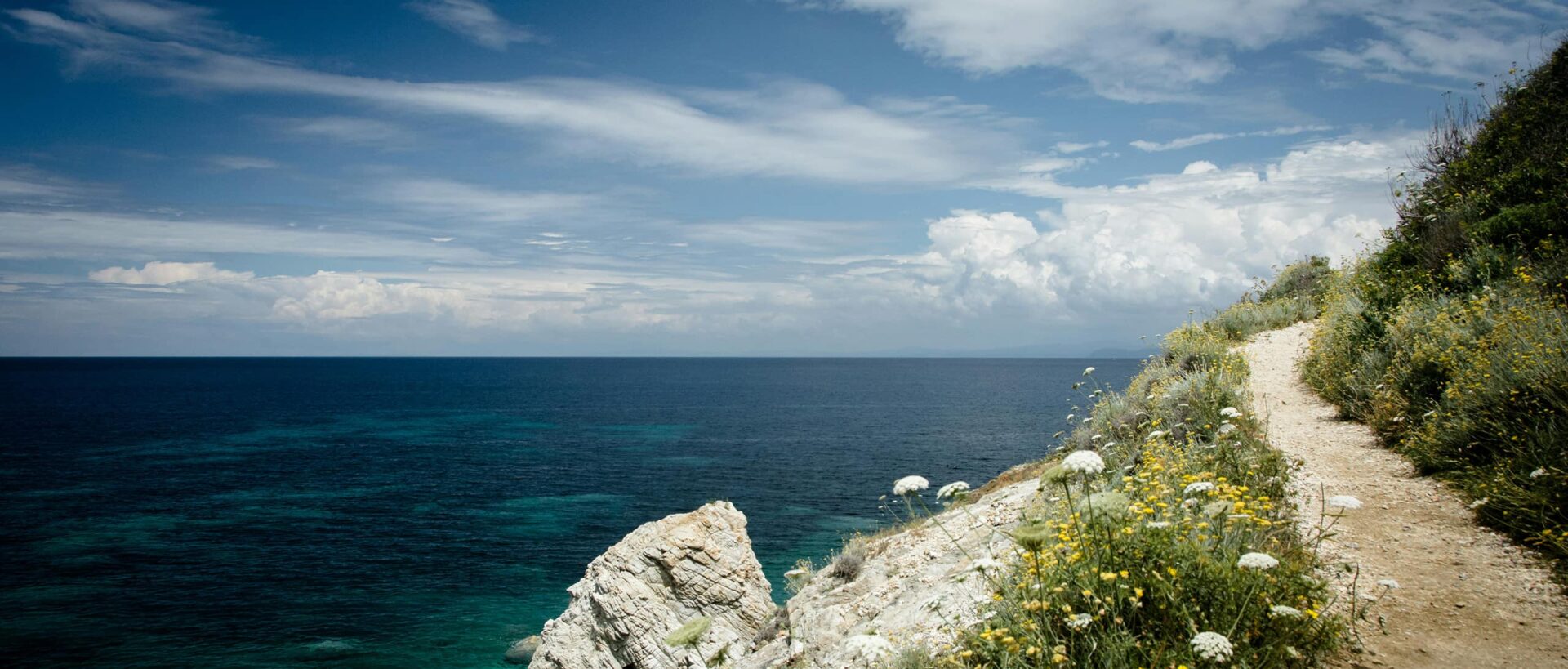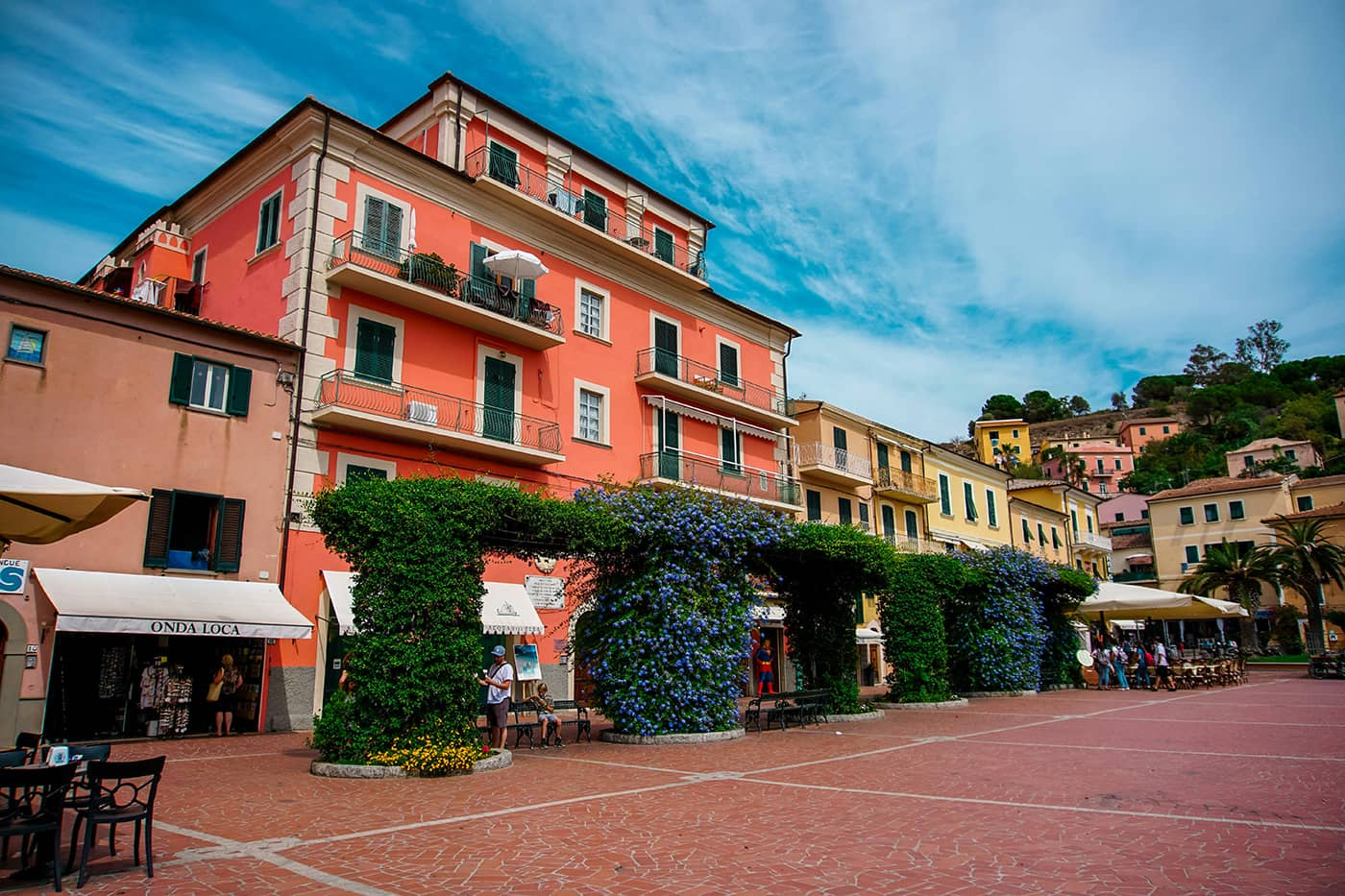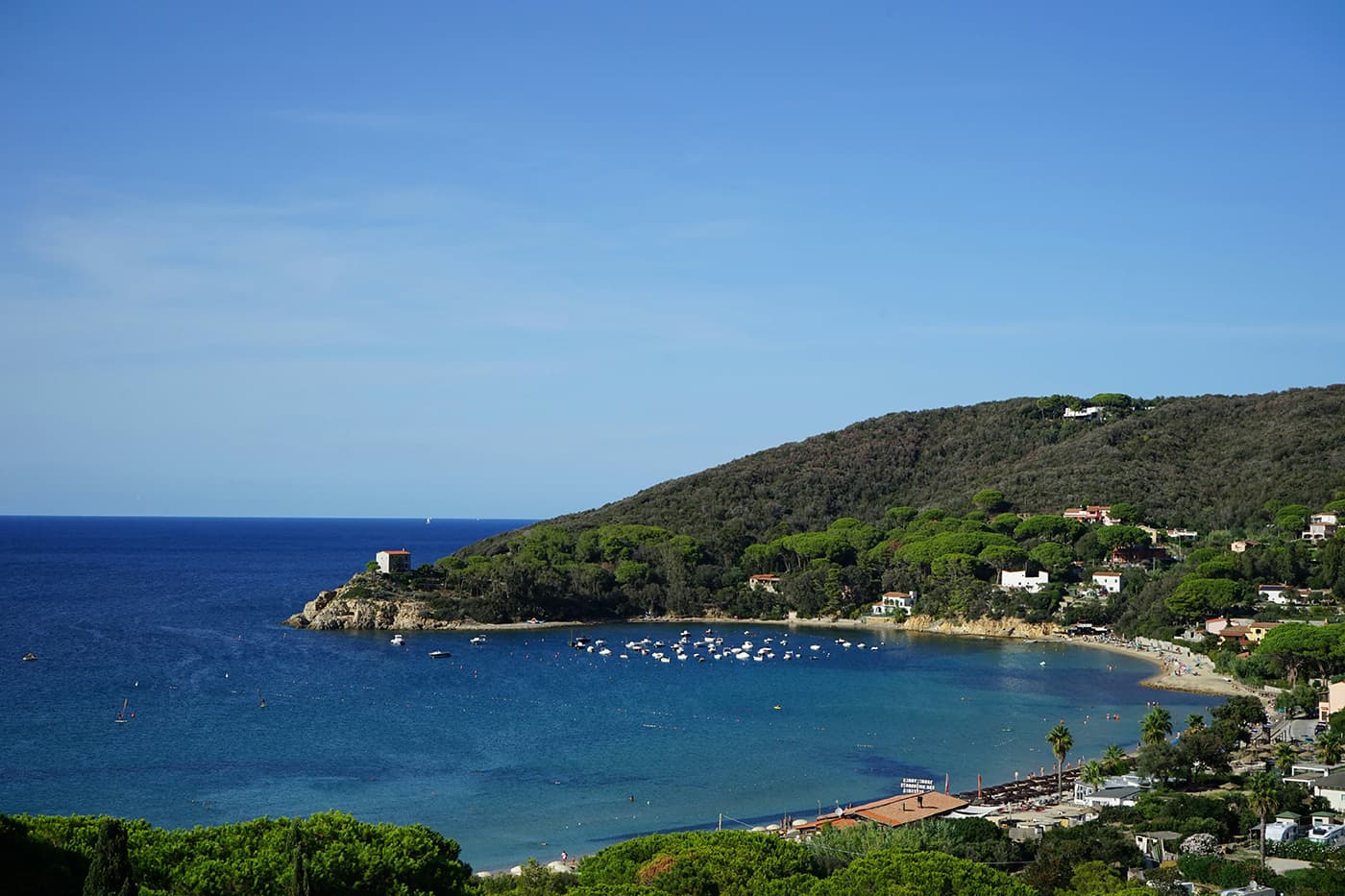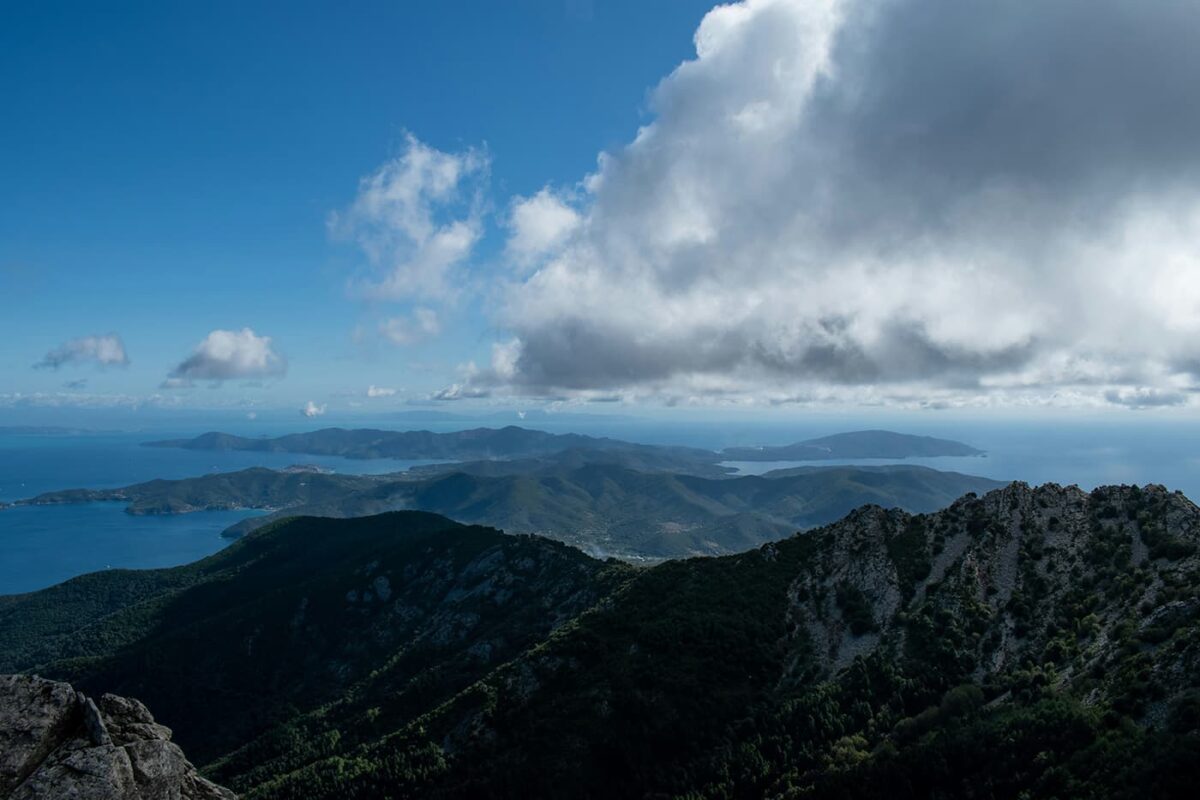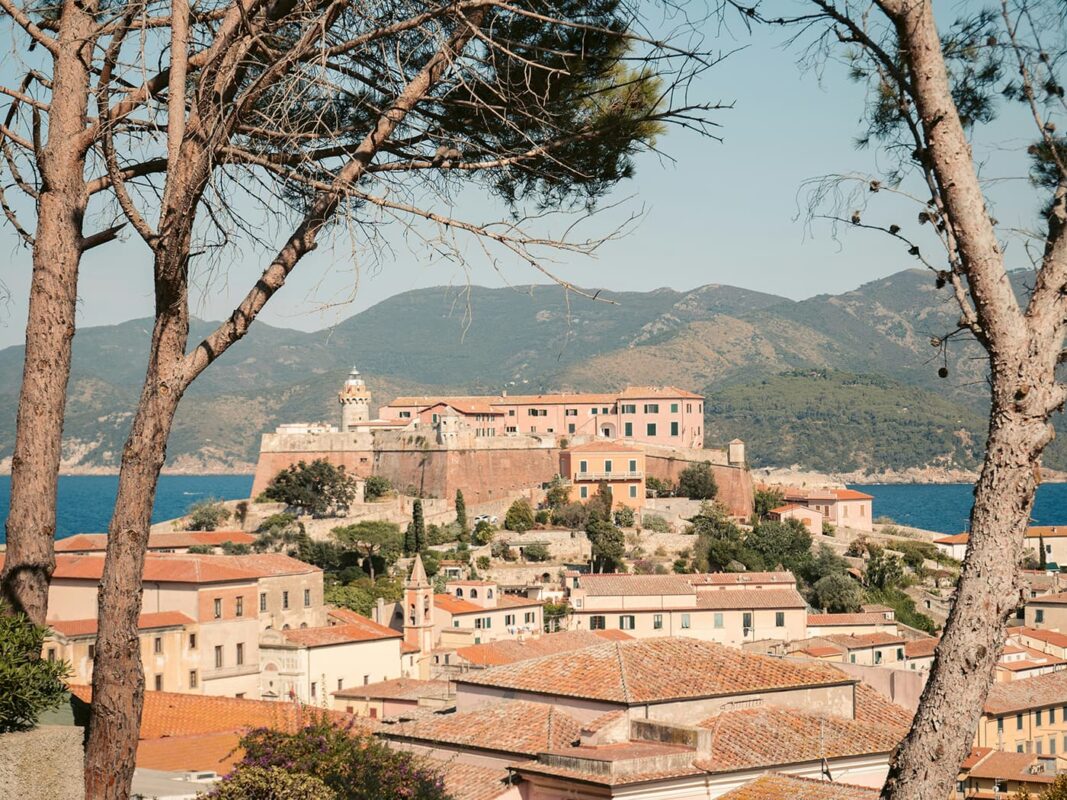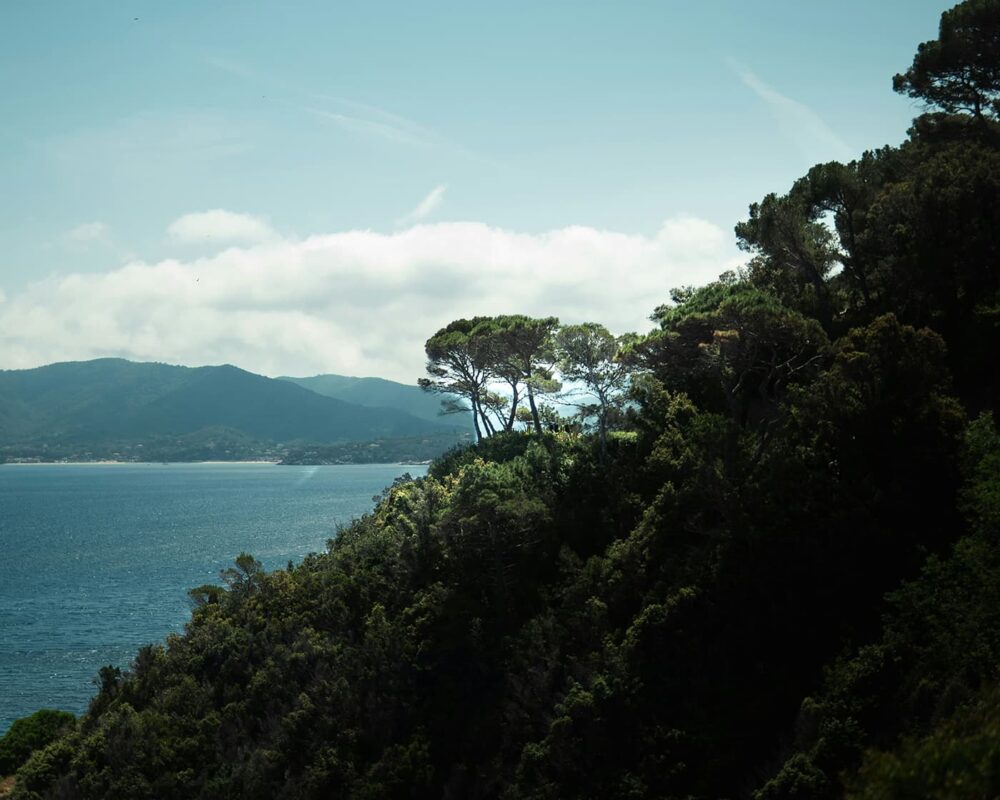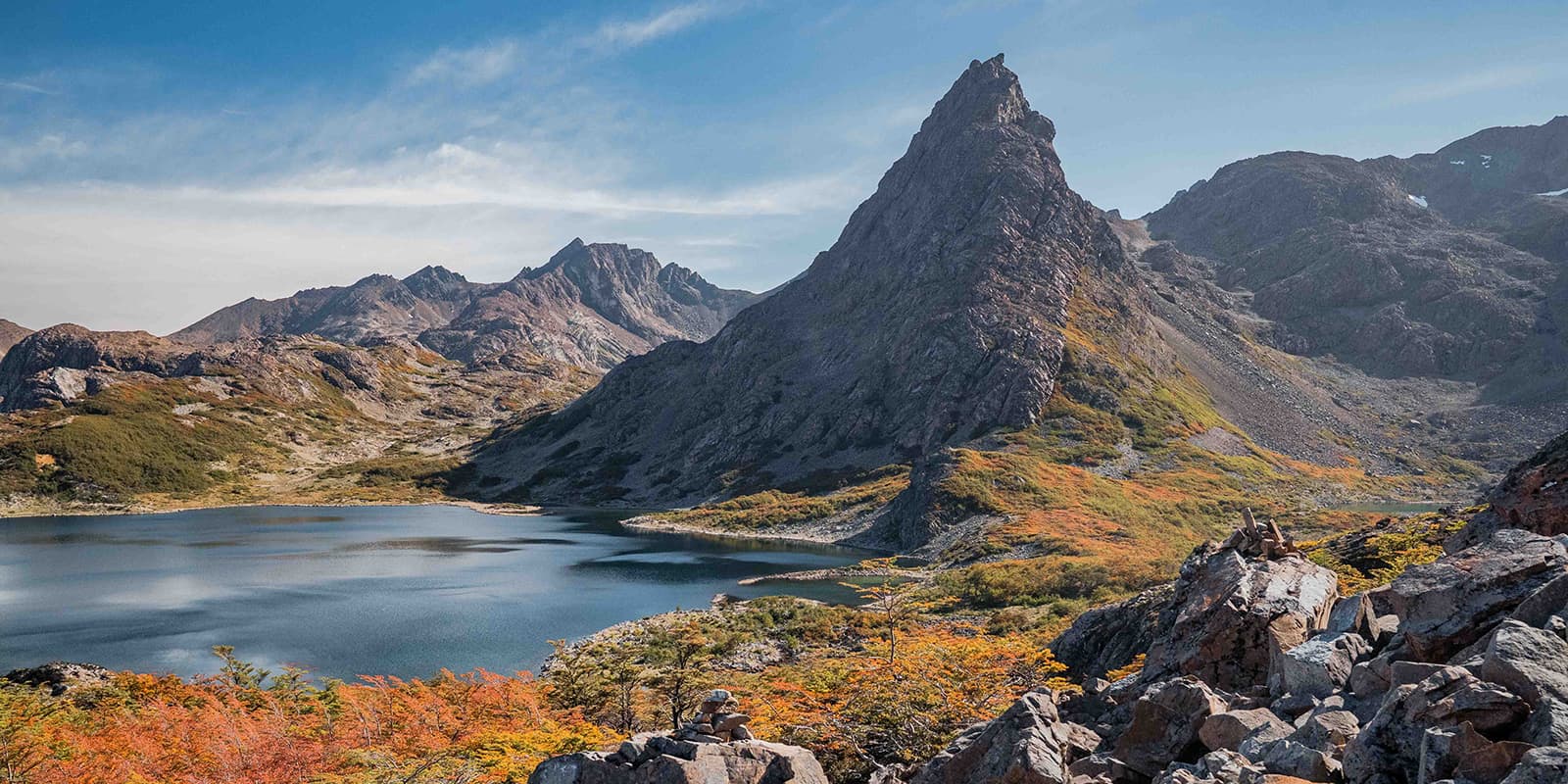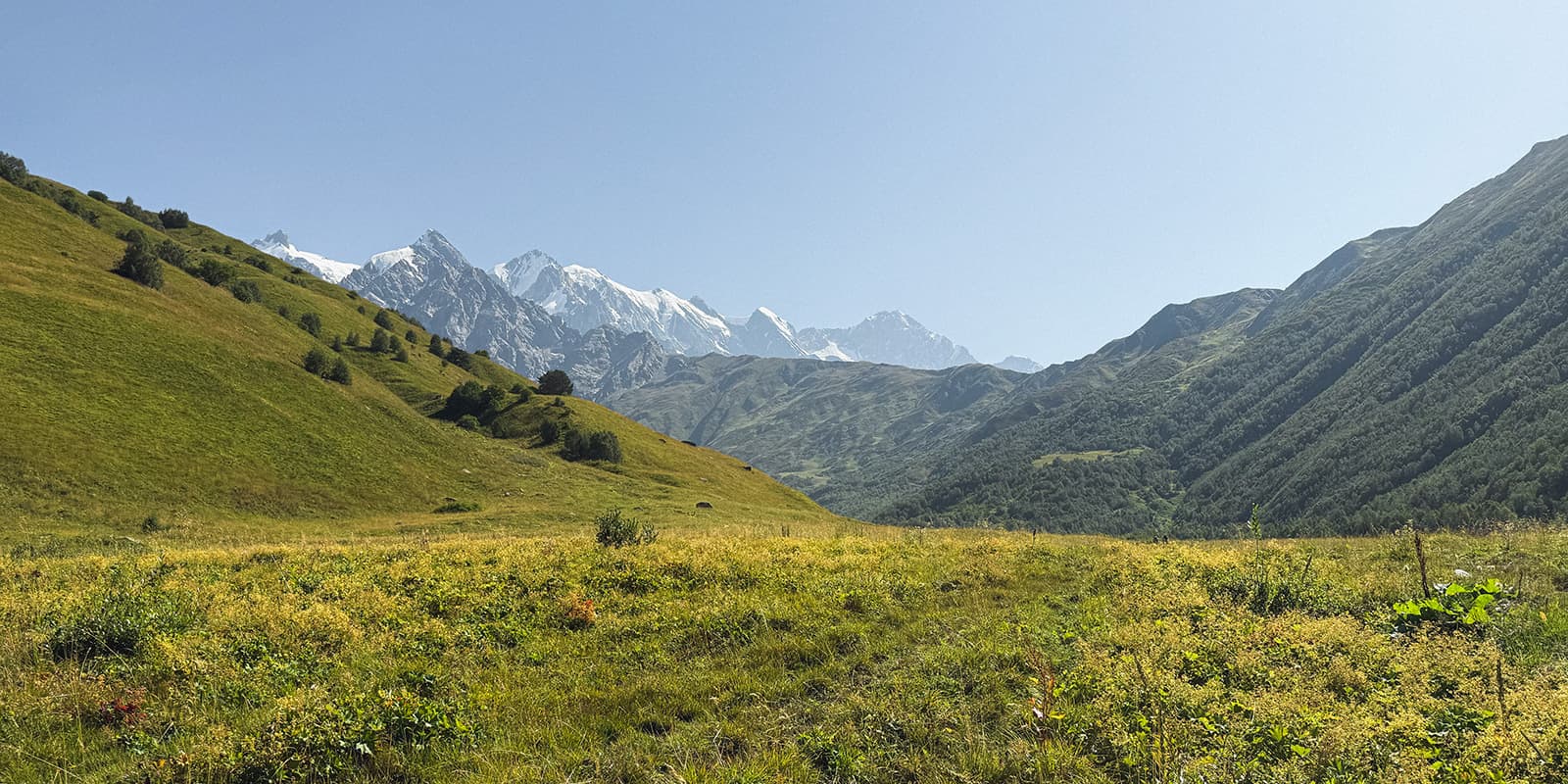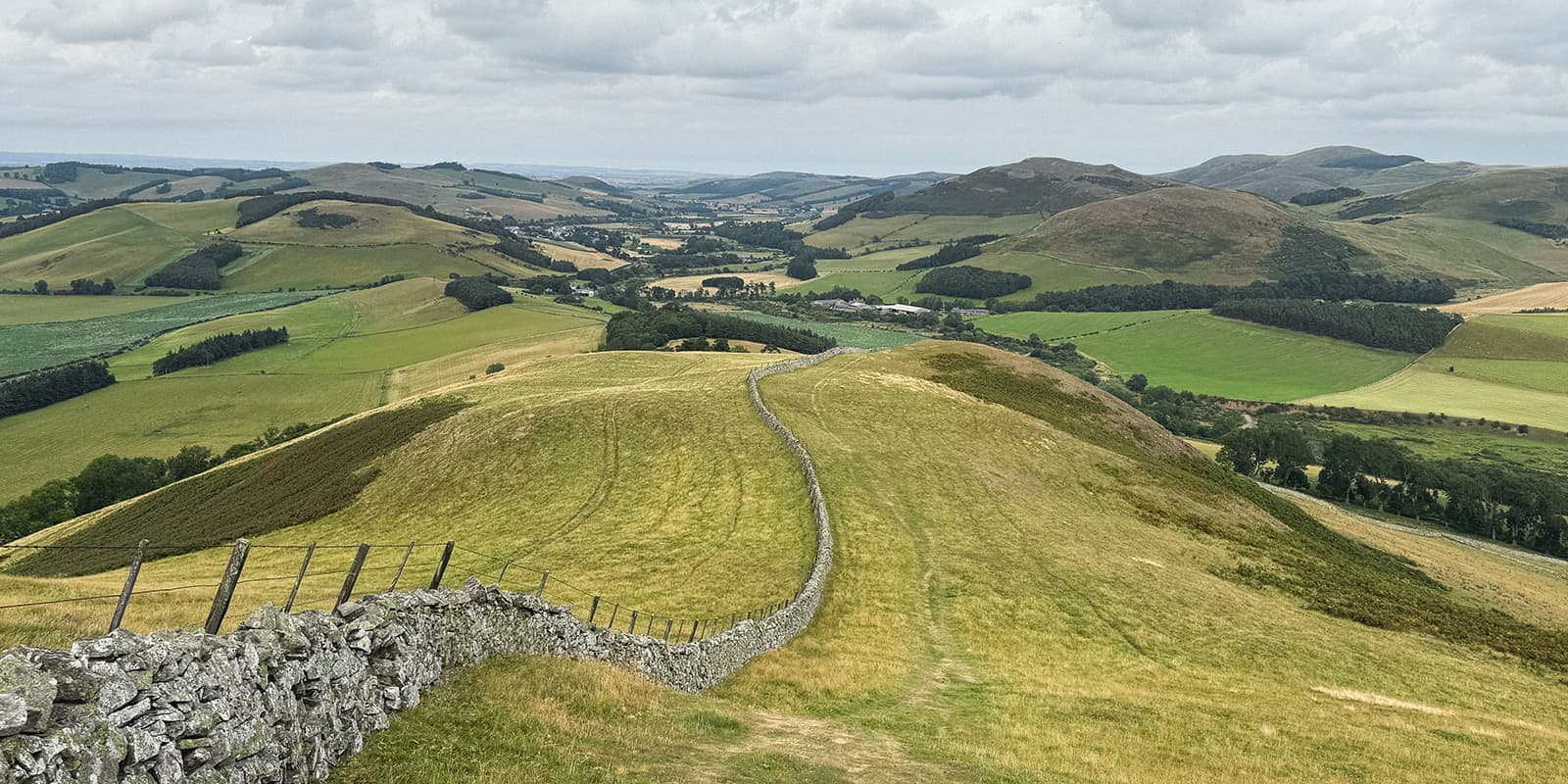You can also choose to start the Grande Traversata Elbana from Patresi, a town a few kilometers north of Pomonte. I heard that the towns could not decide which one would host the start/goal of the trail, so the Elban government decided to split the path here. Both of the towns have little infrastructure, like shops/markets, accommodations, and restaurants,…however, keep in mind that during the off-season, especially in winter, most of these facilities are closed. It is best to collect food and water in the bigger towns like Portoferraio, Procchio, Cavo, or Porto Azzurro. The trail is mostly well-marked (red-white-red).
Starting in Pomonte, you will have to climb up next to Monte Capanne. During this climb, you will pass through the Monte Capanne National Park. Depending on the season you hike, you will find beautiful blooming flowers, shrubs, or even orchids. From February through March, you will find the Elban Saffron (Crocus ilvensis) which is endemic, not only to Elba but to the Mt. Capanne area. While climbing higher and higher, you can enjoy views of the surrounding islands of Corsica, Capraia, Pianossa, and Montecristo. You will notice many smaller and bigger stone huts along the way, called Caprili. These are Elban-style shepherd huts, some of which are still in use today.
The GTE becomes more rocky the higher you get. When you reach the saddle, you can decide if you want to walk up to the peak (1019m, walk west) or if you want to continue the trail without conquering Elba’s summit (walk east). You will have an additional hour to walk if you choose to hike up.
In the whole Monte Capanne area, especially at the peak, there is a very high chance you will spot mufflon. This wild sheep was introduced by humans and is not native to the area. Here it is invasive and harms the local biodiversity. However, in its native habitat (the mountains of Corsica and Sardinia) it is endangered and therefore a bit controversial on Elba.



